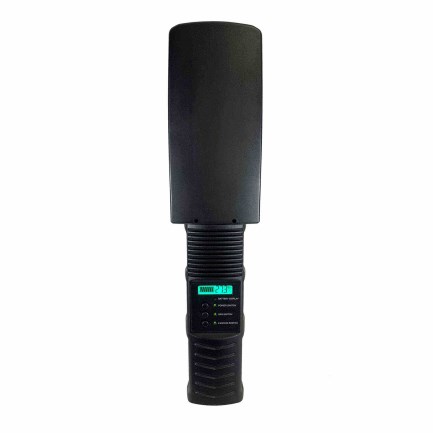The Jerusalem-Raphael Advanced Defense System recently tested its Counter-UAS UAV dome system, in which the system uses a high-power laser beam to identify and intercept moving targets.
The drone dome is composed of drone jammer and electronic sensors that can detect, identify and neutralize micro and micro drones. The Israeli company’s demonstration was conducted in a desert area and included several drones, including commercial quadrotors. The high-power laser beam installed on the jeep and other sensors on the drone dome detected the threat and allowed the crew to monitor its activities. Then three drones were neutralized using lasers. The drone fell from the sky.
Raphael showed seven drones destroyed by lasers. The burnt-out impact area shows that the rotor and motor are scorched.

Facts have proved that groups of small drones are a challenge for advanced military forces. In 2018, drones closed Gatwick Airport in the UK for about 30 hours. Small organizations are also used by militant groups (such as the Islamic State Group). In September 2019, more than a dozen drones in Saudi Arabia damaged oil infrastructure.
The drone dome is one of Raphael’s many multi-layer air defense systems. It also produces the land-based iron dome and the naval variant C-Dome, as well as SPYDER, which is a surface-to-air missile system designed to counter aircraft, helicopters and unmanned aerial vehicles.
The laser is the key to Israel’s quest to counter threats to its homeland. In August 2019, Hezbollah tried to launch what Israel called a “killer drone” near the Golan Heights. A drone launched from Syria also entered Israeli airspace in February 2018 and was shot down by an Apache helicopter.
The Israeli Ministry of Defense and the Defense Research and Development Agency are designing new laser solutions. Its new multi-year momentum plan for the Israeli Defense Forces envisages increasing the use of laser technology to prevent drones such as drones.